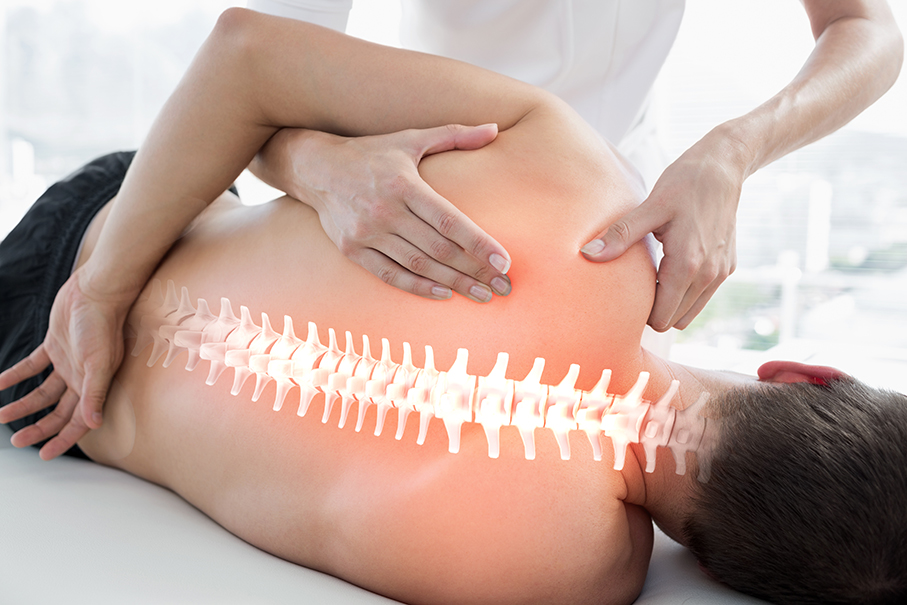KNOW THE IMPORTANCE OF YOGA THERAPY
What is Yoga?
Yoga is a therapeutic and natural form of exercise that comes with many physical, mental and emotional benefits. In yoga, you are directed to perform some exercises based on breathing and some accurate postures of body for different health benefits. Yoga allows your body to perform properly and all your body parts work with improved functioning and you attain good physical health along with mental benefits. Yoga therapy allows you to concentrate on specific issues to be resolved with the help of yoga and yoga instructor keeps you in the right postures and poses to attain maximum benefits in the specific health problems. Yoga therapy is designed to give maximum health benefits to the person.
Importance of Yoga Therapy
Removes Mental Stress- First and foremost benefit of the yoga therapy is to reduce the mental stress. In everyday living, person remains stressed with work and family tension. Person looks for the solution outside but sometimes our health is the main reason for helping in resolving many problems. Yoga therapy keeps you in a peaceful environment and allows you to reduce your stress with various exercises.
Controls Anxiety- Anxiety and tension makes us fatigue and does not let us physically and mentally well and we keep on fighting our mood different times. In yoga therapy sessions, you are trained to fight with your fears and it controls anxiety in the body. It relaxes your anxiety in a safe and natural way and you don’t need to take anti anxiety medication for you and can live a healthy life style after attending yoga therapy sessions.
Manages Insomnia- We often fight to not to dread bed time but sometimes we fail to prevent insomnia due to our stress and tension. Yoga therapy session helps you to manage insomnia and improves your sleeping habits and restores natural sleep to you. Good yoga therapy session focuses on exercises to control over insomnia. Yoga instructor uses yogic sequences and poses to help you to encourage better sleep.
Eases Anger- Pent us issues sometimes lead to regrets and outburst and can also lead to the worsen self criticizing, self punishing and overheating. A good yoga instructor helps you to address the issue in a safe environment with easy exercise to not to harm yourself for the problems and releasing the anger in safe manner and improves your behavior with no anger.
We are lpawclinic.com; the leading wellness clinic in London and providing excellent yoga therapy sessions that reduce your mental stress and increase physical strength. You can visit our website and contact us for best yoga therapy sessions in London.





